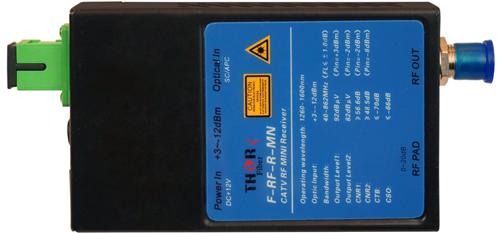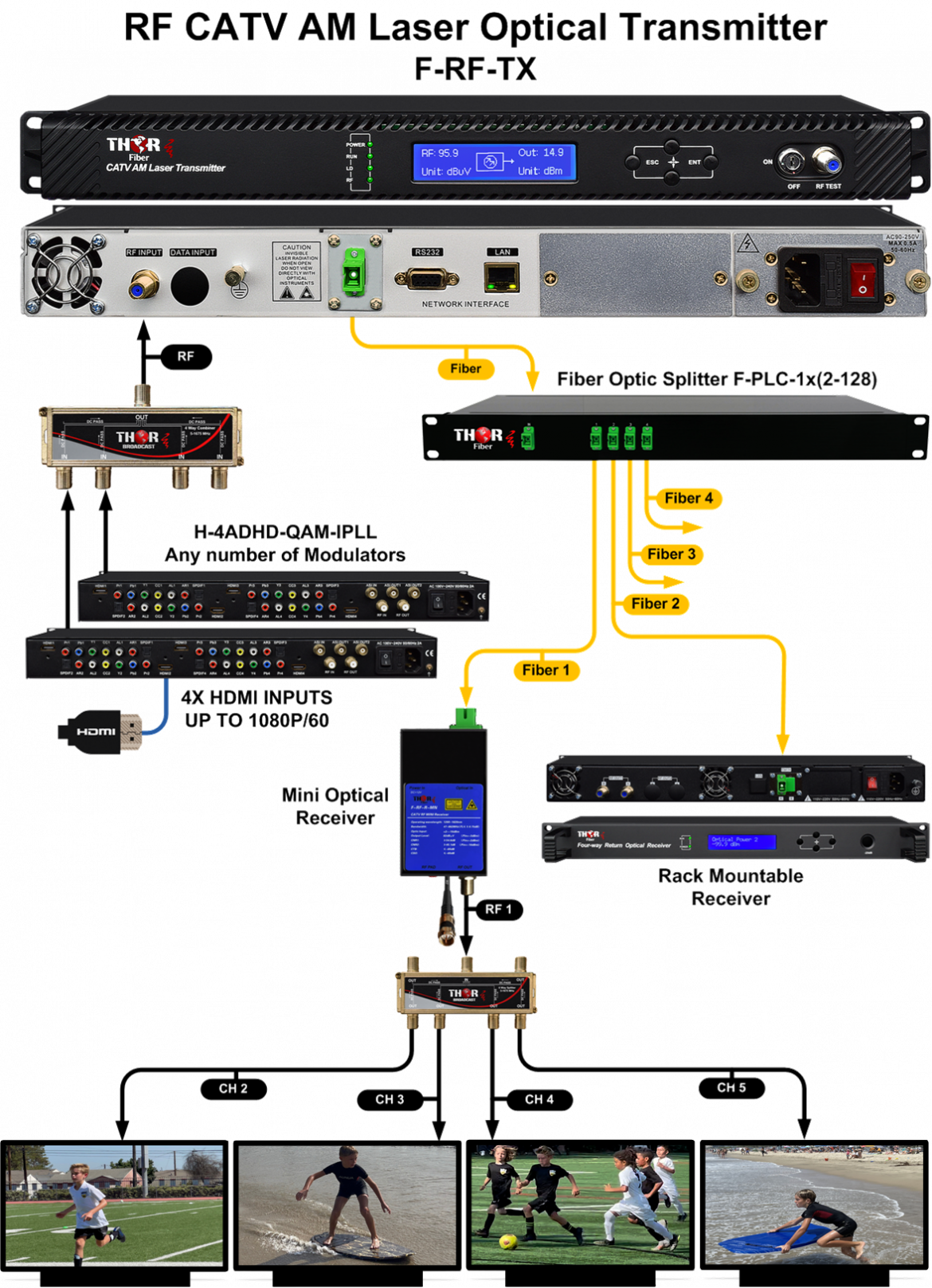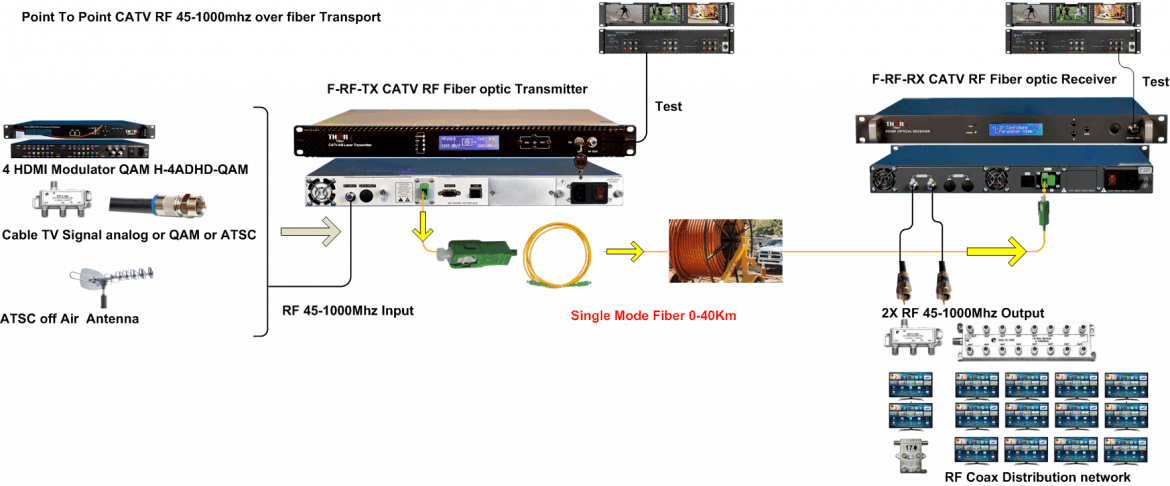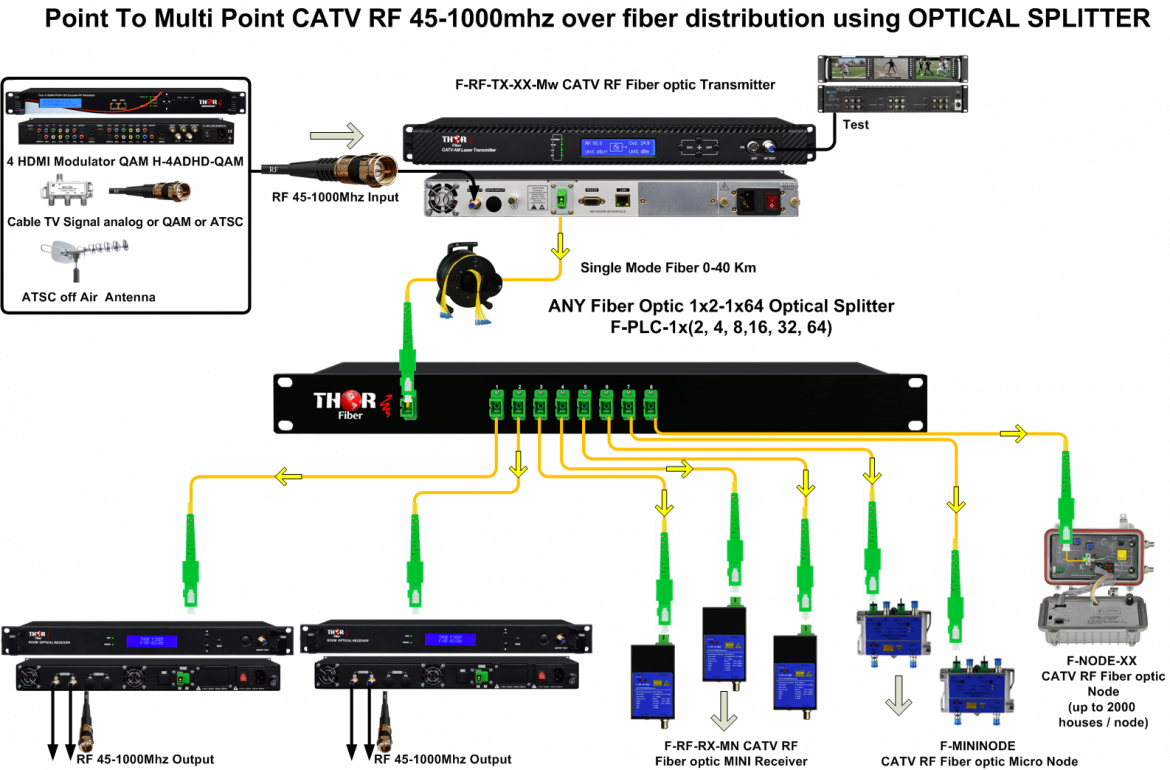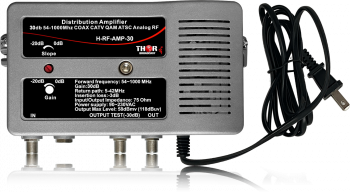Answer:
There are several types of losses that can occur in fiber optic cables, including:
-
Insertion loss: This is the loss of signal power that occurs when light is transmitted through the fiber. It is typically caused by imperfections in the fiber itself, such as bends, scratches, or impurities.
-
Splice loss: This occurs when two fibers are joined together, typically through a splicing process. Losses can occur due to imperfections in the splicing technique, as well as the difference in the refractive index between the fibers being spliced.
-
Connector loss: This occurs when light is transferred between two fibers through a connector. Losses can occur due to imperfections in the connector itself, such as dirt or damage.
-
Absorption loss: This is caused by impurities in the fiber that absorb light, reducing the signal strength. The main cause of absorption loss is the absorption of water molecules in the core of the fiber.
-
Scattering loss: This is caused by microscopic variations in the refractive index of the fiber, which cause light to scatter and be absorbed.
-
Macrobending Loss: This is caused by the fiber being bent in a radius of curvature that is too large. This causes the light to be reflected back into the cladding and is lost.
-
The use of passive optical splitters results in each splitter having its own insertion loss. For example, the F-FOS-1x2 1x2 splitter has a 4.5dB insertion loss
These losses can be mitigated by using high-quality fiber optic cables, connectors, and splicing techniques, as well as by regularly inspecting and maintaining the fiber optic network.
Insertion loss in fiber refers to the loss of signal power that occurs when light is transmitted through a fiber optic cable. In single mode fiber, insertion loss is typically measured at 1310nm and 1550nm wavelengths, which are the most commonly used wavelengths for long-distance telecommunications.
The insertion loss at 1310nm is typically higher - 0.35db/km than at 1550nm -0.25db/Km , due to the fact that the attenuation coefficient at 1310nm is smaller than at 1550nm. However, the use of 1550nm allows for a larger transmission window and can support higher bandwidths, making it more suitable for high-speed data transmission.
Insertion loss can also occur at the connections and splices within a fiber optic cable. These losses are caused by imperfections in the connectors and splicing techniques, as well as by the difference in the refractive index between the fibers being spliced. To minimize these losses, high-quality connectors and splicing techniques must be used. This loss should not exceed 0.1dB per connecion
. Additionally, insertion loss can occur at connections and splices due to imperfections in connectors and splicing techniques. To minimize these losses, high-quality connectors and splicing techniques must be used, This loss should not exceed 0.1dB per connecion
--
To calculate the optical budget, you need to take into account all of the losses that occur in the fiber optic link, including attenuation, connector loss, and splice loss. The optical budget is calculated by subtracting the total losses from the transmitter output power.
In this case, the transmitter outputs +15dBmV and the receiver has 0dBmV receiver sensitivity. To calculate the optical budget, you would subtract the receiver sensitivity from the transmitter output power:
Optical budget = Transmitter output power - Receiver sensitivity Optical budget = +15dBmV - 0dBmV Optical budget = 15db
It's important to note that the receiver sensitivity is usually given in negative dBmV. So, in this case, the receiver sensitivity of 0dBmV is equivalent to -0dBmV.
It's also important to note that the optical budget should be greater than the receiver sensitivity to ensure that there is enough power to reach the receiver and also to take into account any other losses that may occur in the link.
Additionally, depending on the application, the optical budget should be designed with a margin of safety, to account for changes in the link such as temperature, aging, or unexpected loss.

 EN
EN






